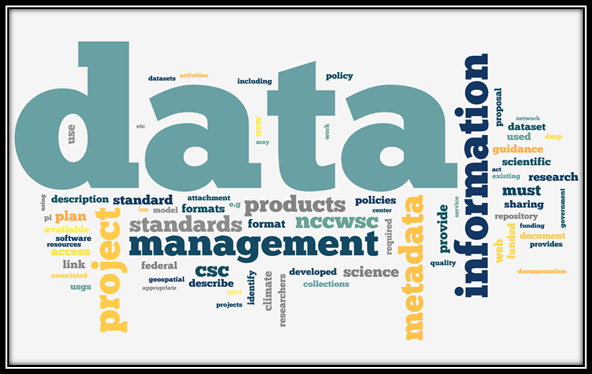Whether small or large scale, businesses are turning to digital solutions as they navigate the “new normal” caused by the COVID-19 pandemic. In compliance with the social distancing measures, employees have to transition to the work-from-home model and to set up remote procedures. They have to access work files through different technology tools, such as project management software, videoconferencing applications, and cloud-based tools for online backup.
Data storage and maintenance are some of the proven tools critical to the success of many businesses today. Due to unexpected shifts to remote working, employees and business leaders gained a newfound appreciation of how data can help businesses thrive and recover. This is where data storage tools come in as the most critical factor in driving businesses to manage their central storage needs.
Today, the most resilient businesses are meeting current challenges by ramping up their data storage management. As companies revisit their strategies to stay afloat in the post-pandemic era, they need to explore the right spots to increase their agility and resilience to power up their computing power and data storage.
In this article, we’re going to explore how the COVID-19 pandemic transformed data management in large-scale enterprises. Read the discussion below to explore how data storage practices will change the way you do business amid a global crisis.
Increasing data volume
The sudden shift to remote working incurred a significant impact on the remote access administration of many businesses. Virtual services and corporate VPNs (virtual private network) are picking up their pace, placing unwarranted stress on IT teams to resolve emerging demands and tech-related issues in the remote workplace.
Increasing the VoIP (Voice over Internet Protocol) and VPN bandwidth became a common response among IT teams along with the rapid provision and deployment of mobile devices and computer systems to remote employees. While this allowed employees to resume business operations, data accessibility and security became a new obstacle.
This put IT teams in a difficult position as they find ways to implement and design strategies to make company data manageable and accessed remotely. In turn, this will affect current strategies in data management by pushing it to the limit.
For example, data latency was a common issue with data access. Several users are accessing data from server hubs located in a centralized setting. Data hubs have to deal with data latency issues because data requests keep coming from different places using low bandwidth pipes.
Data storage transitions
A productive data storage strategy depends on two factors: security and availability. While transferring data to cloud-based tools may seem risky, security further increases in terms of a distributed data storage model.
There are plenty of key areas needing inspection to ensure the security and availability of distributed data. For example, data at rest means the data is not yet accessed but needs to be stable in case a user requests for it. This requires encryption to allow a quicker transition to the user requesting access.
Next is the data in motion, where data is at its most vulnerable state since cybercriminals can easily use and intercept it for their own purposes. That’s why it’s necessary for IT teams to balance and check distributed data while moving from a server to a remote device. In this regard, security detection is required to identify if a third-party user is tampering with the data while transferring.
Lastly, data in use is what users often experience. Issues may vary from severe lag, malformed data, or any issue that may directly affect the user’s ability to execute a certain task. Generally, distributed data system combines a perfect balance of load balancing and security to ensure requested data arrived without any delays.
Remote user productivity
While there are plenty of data storage tools available to manage work productivity, this reality overwhelms many IT teams today. To address this, doing research can go a long way to evaluate which data storage stools offer the best data support to help the business improve its continuity plan during the pandemic.
Some major players in data storage boast of their unique features and services to help clients in their data management systems. These services present data storage solutions that ensure security, durability, and rapid recall while supported by modern cloud technology.
With all the uncertainty the pandemic has cast into businesses, the data management strategies will make a significant impact on the operation and overall success of the organization. Your choice of data storage will ensure data security and accessibility, provide scalable options, and offer innovative tools to monitor and manage data. When done well, this will provide a better footing in the post-pandemic world, giving you an adaptable and cutting-edge tool to propel your business towards success.





